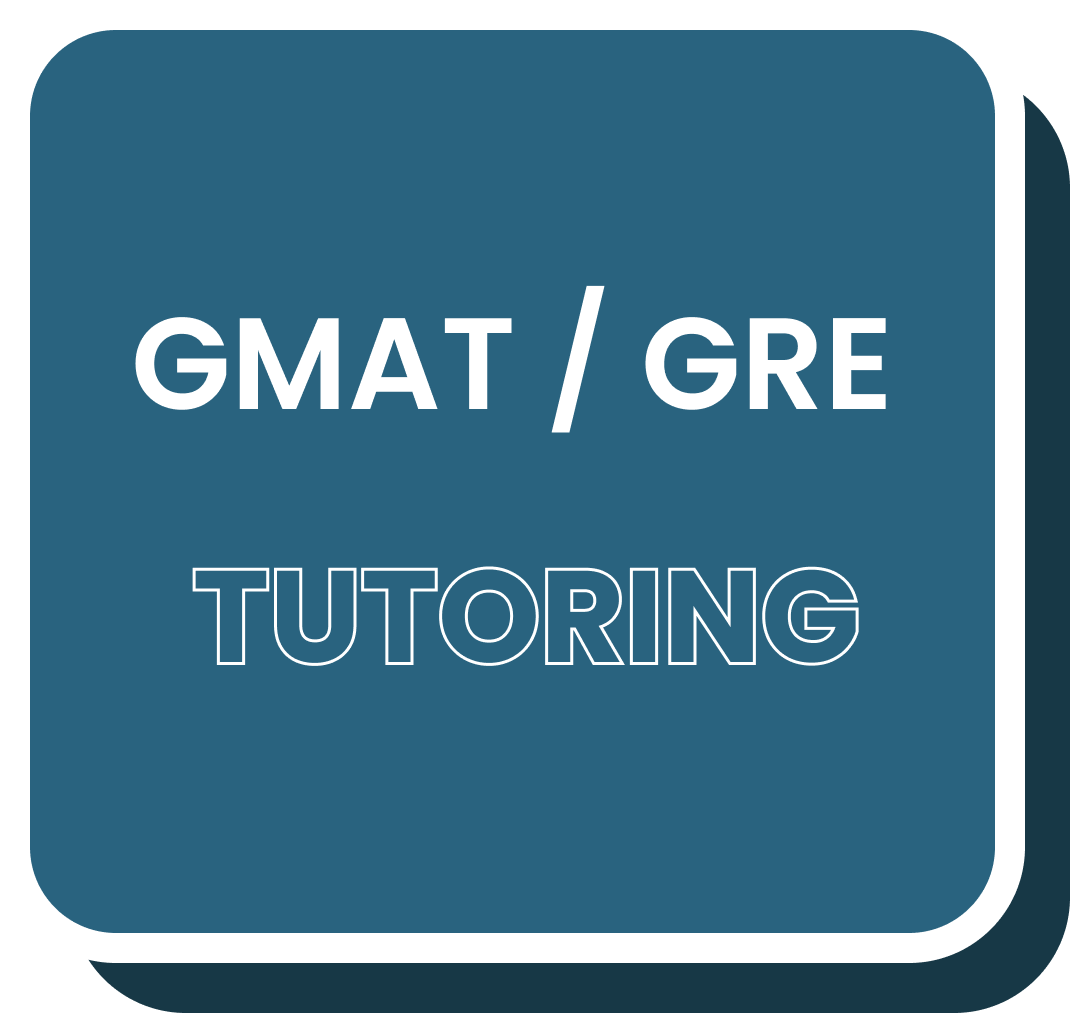The Graduate Management Admission Test (GMAT) was designed by business schools to assess the skills determined to be most relevant to success in a graduate management program. However, many graduate schools now accept the GRE (General Record Examination), so it is important to research the schools you are applying to and to determine which test(s) they require. The GMAT is designed to assess analytical writing, integrated reasoning, verbal reasoning, and quantitative reasoning skills. In this blog, I will provide insight into how the GMAT assesses each of these skills and provide information about GMAT preparation.
What Do the GMAT Sections Look like?
The analytical writing section is titled the Analysis of an Argument (AWA) section, in which you will analyze an argument and assess its line of reasoning and use of evidence. You have 30 minutes to assess the argument, plan your response to the argument, write your response, and revise.
In the integrated reasoning section, you have 30 minutes to answer 12 questions involving both quantitative and verbal reasoning. There are four types of questions: multi-source reasoning, table analysis, graphics interpretation, and two-part analysis. Multi-source reasoning questions present multiple sources of data and ask you to recognize discrepancies, draw inferences, or determine whether data is relevant to a given problem. The table analysis questions assess your ability to sort and analyze a table of data to determine which data are relevant or meet certain criteria. The graphics interpretations questions ask you to interpret graphical data and draw inferences from them. The two-part analysis questions ask you to solve complex problems involving two separate entities or concepts. These problems have a variety of formats to cover many topics.
The verbal reasoning section asks you to answer 36 questions in 56 minutes. There are three types of questions: reading comprehension, critical reasoning, and sentence correction. Reading comprehension passages ask you to interpret material from the reading, draw inferences, or apply concepts to a difference contest. You are expected to interpret main and supporting ideas, inferences, applications, logical structures, and style. The critical reasoning questions present a short (100 words) passage and ask you to determine which of the five answers strengthen or weaken the argument or highlight a flaw in the argument. The sentence correction questions present a sentence, part or all of which is underlined. You are expected to choose the answer that most effectively rearranges the underlined portion of the sentence, paying close attention to grammar, word choice, and sentence structure.
The quantitative reasoning section of the test consists of 31 questions and takes 62 minutes. There are two types of questions in this section: problem solving and data sufficiency. The problem solving questions ask you to solve a problem and choose the best of five answer choices. The data sufficiency problems ask you to analyze a problem, recognize relevant data, and determine whether there is enough information to solve the problem.
How Do I Prepare for the GMAT?
While there are many options for GMAT preparation (books, Khan Academy, etc.), the best way to prepare for the GMAT is with an experienced GMAT tutor. A GMAT tutor can tailor a study program specifically to fit you and your strengths. Experienced tutors have developed effective curriculum and methods of tracking progress. Additionally, a tutor has an in-depth understanding of the test and can provide insights that may not come from independent studying alone.
Mindfish’s World-Class GMAT Tutoring
- One-on-one instruction from a GMAT / GRE master, tailored to your academic background and goals
- Each program starts with a one-hour meeting to set goals and determine the overall structure of the course
- Price: $200 / hour with discounts on packages of 15 hours or more




